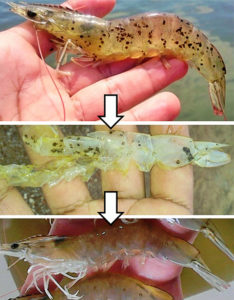
Understanding shrimp hemocytes
Shrimp hemocytes are an important defense against attacks by external agents such as viruses and bacteria. Health diets complement antibacterial action.
Larviculture and culture density research with West Indian pointed venus is relevant to restocking efforts to support the extractive fisheries from natural banks and also for the development of aquaculture.

Shrimp hemocytes are an important defense against attacks by external agents such as viruses and bacteria. Health diets complement antibacterial action.
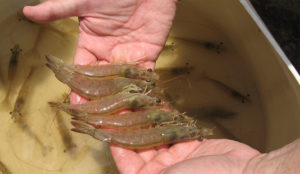
A new nested PCR method specific to farmed shrimp pathogen EHP can be used in routine diagnostics and is also useful to detect low-grade EHP infection.
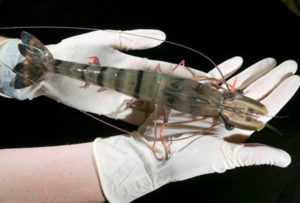
This study simulated the commercial grow-out of two cohorts of P. monodon that differed in their broodstock IHHNV infection loads, and showed that the viral prevalence, survival and growth performance of pond progeny were significantly affected.
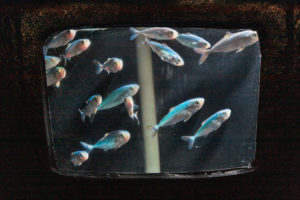
This study compared production performance and tissue fatty acid composition of California Yellowtail fed diets containing various saturated lipids.
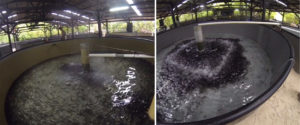
Hyperthermia, or heat shock treatment, is an unconventional approach to pathogen control in fish aquaculture that appears to have potential to improve disease resistance in fish like tilapia and barramundi.
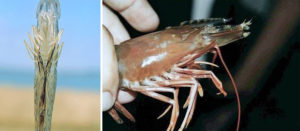
Authors describe conventional PCR and real-time PCR assays based on the NHPB flgE gene as alternative methods for the detection and quantification of NHPB in shrimp and shrimp-associated samples, including artemia. This newly described method will be an additional diagnostic tool for confirmation of this pathogen.

SHIV is a new Pacific white shrimp virus in the Iridoviridae family. Authors also developed an ISH assay and a nested PCR method for its specific detection.
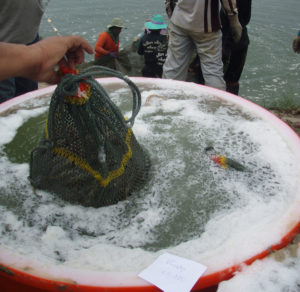
Study evaluated effects of stunning methods (thermal shock and electric shock) on the welfare of three crustacean species, including Pacific white shrimp.

Food producers are educating themselves on the latest in animal health and welfare and humane harvesting and processing practices. A recent webinar highlighted issues specific to aquatic animals.
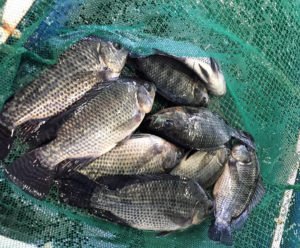
This study evaluated the effects of a combination of two exogenous carbohydrases – xylanase and β-glucanase (XB) – to enhance growth performance Nile tilapia juveniles.
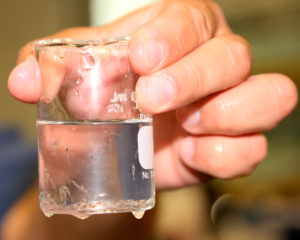
This study compared three types of RAS nurseries for shrimp: biofloc (BF), clear-water (CW), and hybrid RAS (HY). Results showed that differences between treatments in terms of shrimp survival, mean harvest weight, specific growth rate, and feed conversion ratio were not significant.
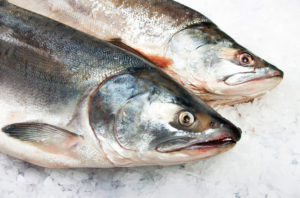
A cooperative effort between salmon scientists in Norway, Scotland, Chile and Canada aims to develop a globally applicable tool to help management and certification of salmon farms.
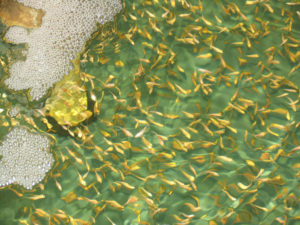
This study examined differences in fish performance and water quality dynamics between biofloc, clear water and hybrid systems as nurseries for tilapia.
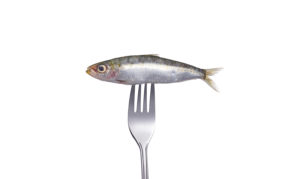
There’s an opportunity to expand the U.S. market for farmed seafood if the aquaculture industry were to more widely adopt humane production practices, according to a study by Changing Tastes and Datassential.
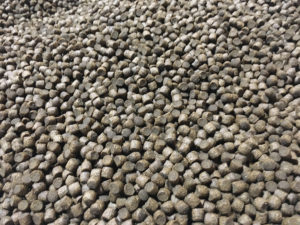
Prof. Boyd discusses the overall conversion efficiency of plant protein to animal protein (including pasture animals), which been estimated at 8.3 percent globally. The whole animal conversion for feed-based production is around 35 percent for chickens, 20 percent for swine, and 10 percent for beef.